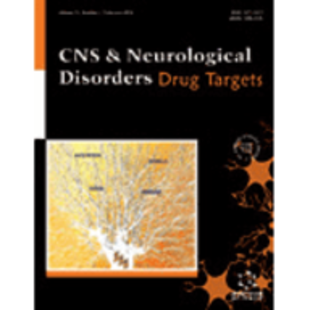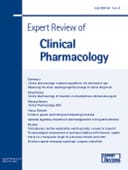
“Most neurodegenerative disorders (NDDs) are characterized by cognitive impairment and other neurological defects. The definite cause of and pathways underlying the progression of these NDDs are not well defined. Several mechanisms have been proposed to contribute to the development of NDDs. These mechanisms may proceed concurrently or successively, and they differ among cell types at different developmental stages in distinct brain regions. The endocannabinoid system, which involves cannabinoid receptors type 1 (CB1R) and type 2 (CB2R), endogenous cannabinoids and the enzymes that catabolize these compounds, has been shown to contribute to the development of NDDs in several animal models and human studies. In this review, we discuss the functions of the endocannabinoid (EC) system in NDDs and converse the therapeutic efficacy of targeting the endocannabinoid system to rescue NDDs.”
https://www.ncbi.nlm.nih.gov/pubmed/28608560
http://onlinelibrary.wiley.com/doi/10.1111/jnc.14098/abstract








